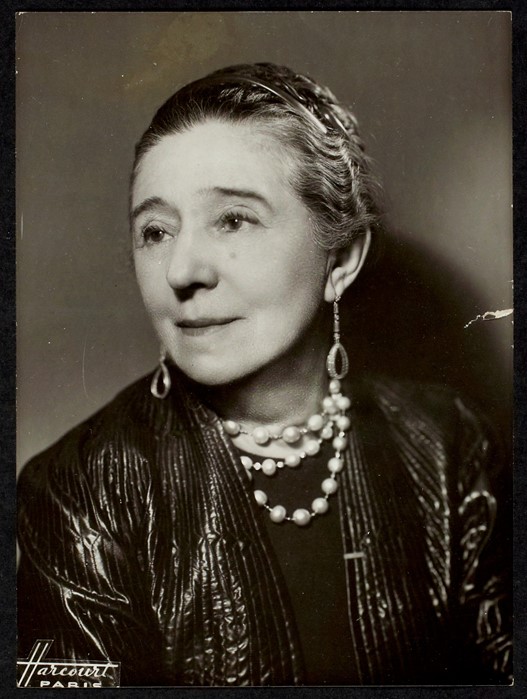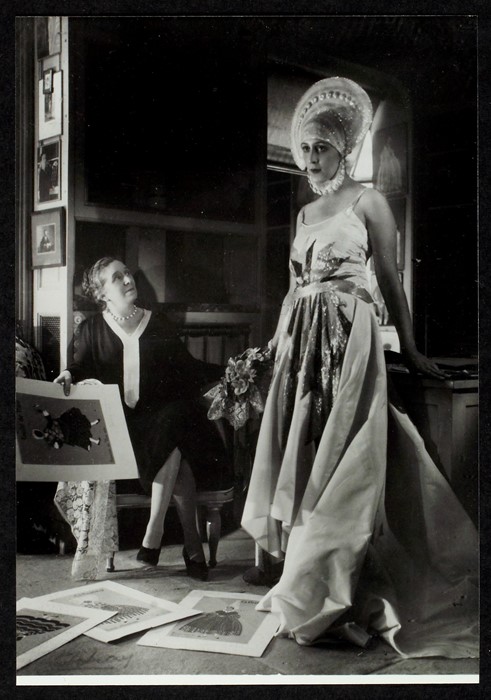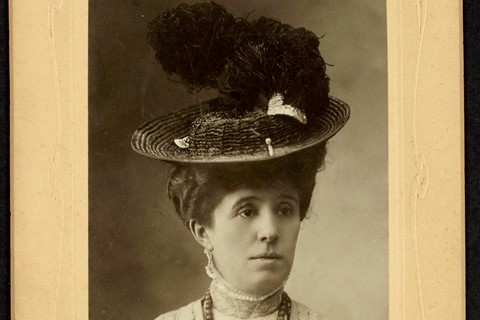As Alber Elbaz opens the Jeanne Lanvin exhibition, we bring you all you need to know about the legendary designer
The story of Mademoiselle Jeanne Lanvin is a tale that’s been told over and over again. She began her career as an apprentice in 1885, before opening up her own millinery shop four years later. In 1893, she acquired the premises that would become the home of her Maison, 22 Rue du Faubourg-Saint-Honoré, after which she gave birth to her only daughter Marguerite, her muse and most important influence. Inspired by the exquisite ensembles she designed for her young daughter, and matched by a growing demand for womenswear from her clients, it wasn’t long until Mlle Lanvin turned her attention to dressmaking. In 1909 she opened the Young Ladies’ and Women’s department, joined the Syndicat de la Couture, and entered into the impenetrable world of French fashion.
We know that during the 20s she launched into men’s fashion, and we also know that her favourite colour was Quattrocento blue. There’s also the iconic Lanvin logo designed by Paul Iribe, which features mother and daughter in a loving embrace, and the designer’s longstanding love affair with the robe de style. But, as Lanvin’s creative director Alber Elbaz launched a dedicated exhibition in Lanvin's honour at the Palais Galliera, the first Paris exhibition devoted in its entirety to the legendary designer, here are a few things you might not know.

She led the charge for female business leaders
Setting up her first shop at 21, employing 1,200 people by 1920, and working right up until her death in 1946, Jeanne Lanvin is an inspiration to women taking power in the workplace today.
She knew how to multi-task
Armed with a battalion of embroiderers, seamstresses, and tailors, Mlle Lanvin was able to build one of the largest and most forward-thinking fashion houses in the world. She expanded her wares beyond made-to-measure apparel, diversifying into cosmetics – such as the signature Arpége perfume that she gave to Marguerite on her 13th birthday – and, of course, bridalwear, lingerie, sportswear, hosiery and fur. The fact that she did it at a time when women were traditionally confined to domestic roles, and the running of businesses – including the art of couture – remained firmly the domain of men, makes it all the more remarkable.
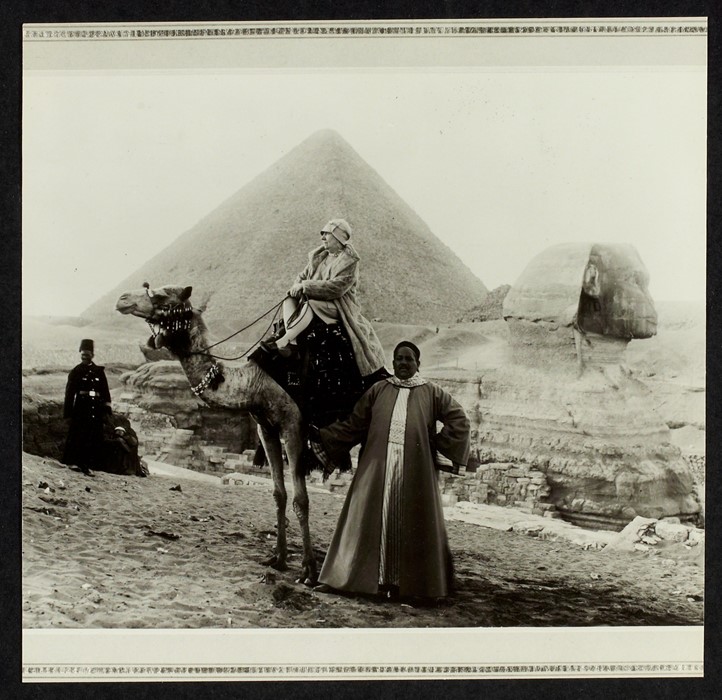
She invented the idea of doing four seasons
The circus of fashion month is not a modern phenomenon. In fact, it dates back to the early twentieth century, with Mlle Lanvin being one of the first designers in the world to make four collections a year, with each season comprising more than 200 looks.
She wanted children to be seen and heard
The centre of her universe and the source of her inspiration, it’s safe to say that Jeanne Lanvin’s life revolved entirely around her daughter. But her love for children didn’t stop there. Not only did she devote her whole lifetime to creating sumptuous clothes for young people, and in doing so create an entire business around the domestic role of motherhood, she also ran a nursery for her employees’ children – a revelation in an age where children were seen and not heard.
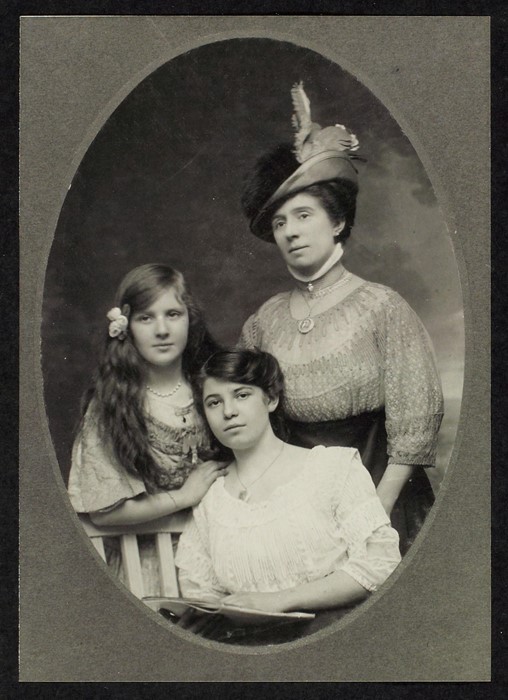
She bought her own diamonds and she bought her own rings
Twice married and twice divorced, and working within the male-dominated, closed-off world of French fashion, Jeanne Lanvin was the ultimate independent woman.
She was particularly well traveled
While most consider the work of Jeanne Lanvin to be emblematic of French fashion, she was, in fact, particularly drawn beyond the West. From travel diaries and swatches of ethnic fabrics (think printed saris and chainmail from India) to her vast library of non-Western art books, much of her inspiration came from her exotic adventures, particularly her travels to Egypt.
She’d drape first and sketch later
Although many of the designer’s painstaking sketches will be on display in the Palais Galliera, Mlle Lanvin would always start by draping material around the model or client, while sketches became something of an artistic after thought.
